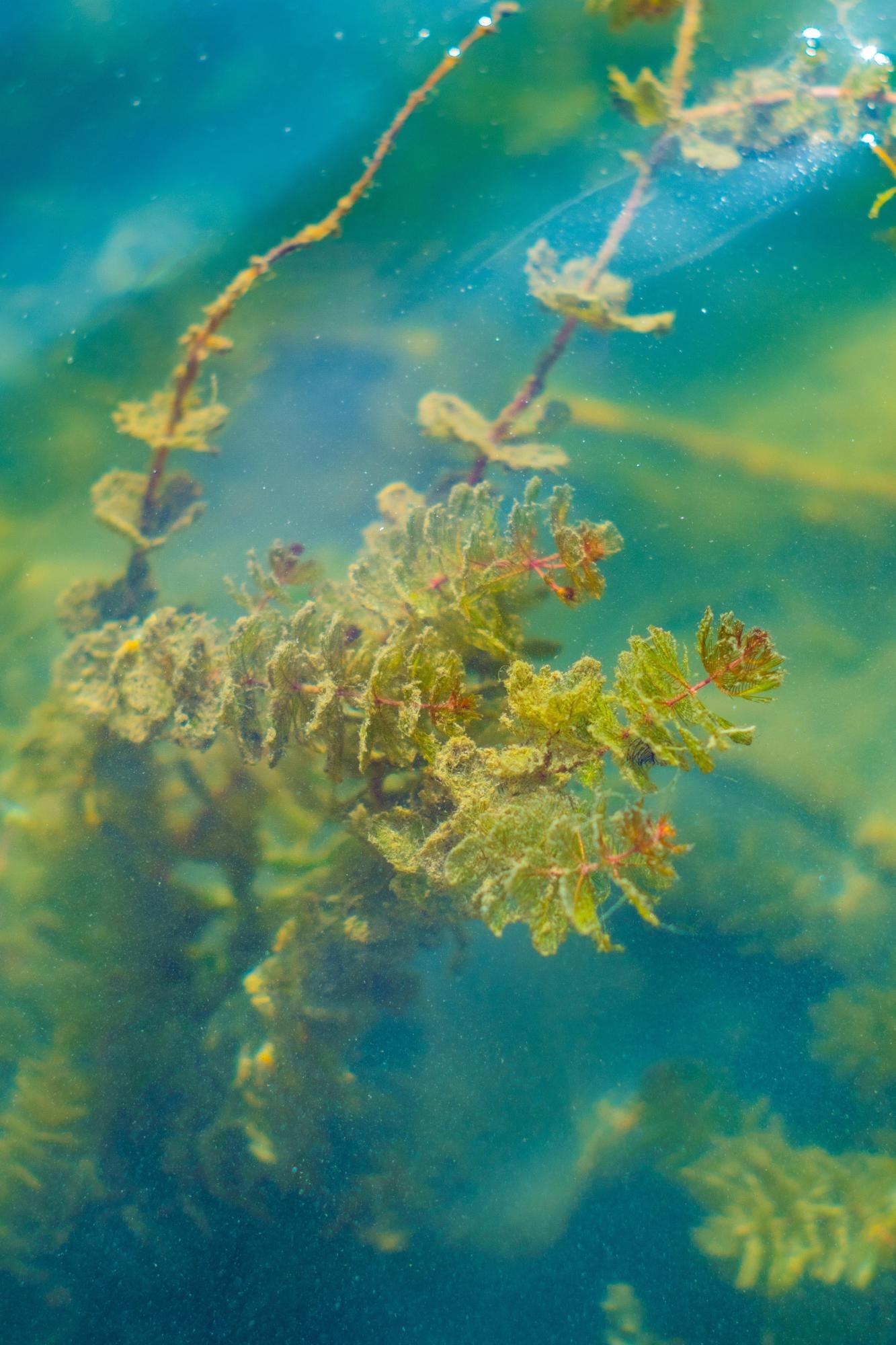The Chinese have used microalgae for nutritional and medicinal purposes for thousands of years trusting they can remedy virtually any health issue. The concept that microalgae have surprising healing powers is not as unbelievable as some might contemplate.

Image Credit: University of the West of Scotland.
Although the ancient Chinese supposed the microalgae were responsible for health-enhancing advantages, it is currently known that it was truly the biochemical compounds created by these microscopic beings that delivered the “magic.”
Around 100,000 species of microalgae exist, each with their own unique set of features. This diversity enables microalgae to thrive in nearly any environment on Earth. Typically, they exist in aquatic surroundings such as wastewater or fresh, but they have been discovered in moist soil as well as in snowbanks.
Generally, microalgae are illustrated as green in color, and this is accurate for species such as C. vulgaris and B. braunii. However, there are other species, such as F. spiralis, which is brown or C. officinalis, which is red. Each classification creates various types or amounts of biochemical compounds, rendering some more beneficial for specific applications than others.
In the last few decades, studies have shown the massive potential of microalgae, particularly in the manufacture of biofuel — fuel that is generated from animal waste or plant material.
The researchers were keen to provide a framework to determine the most appropriate microalgae species for mass biofuel production that can, in due course, rival oil and gas sectors and decrease man’s dependence on fossil fuels.
Microalgae possess an exclusive ability to turn carbon dioxide (CO₂) and sunlight into a wide variety of biochemical compounds. Regardless of being categorized as animals, they metabolize exactly like plants, creating oxygen to replenish what humans consume.
This cycle behaves like a carbon capture system, whereby destructive CO₂ in the air is turned into beneficial oxygen. Microalgae also create a wide variety of other compounds found within the cells, and these are what render microalgae capable of fighting the impacts of global warming.
Basically, the products from microalgae can be categorized into three classes: carbohydrates, proteins and lipids (fats). But studies have discovered that there are many other advantageous biochemical compounds that have important applications in a wide variety of diverse industries.
For instance, microalgae generate compounds called carotenoids, more universally known as pigments or dyes. These compounds are accountable for giving salmon its pink color, as the food they consume has large amounts of carotenoids.
Another beneficial group of compounds is polyunsaturated fatty acids (PUFA). These compounds belong to the lipid family and have a vital role to play in providing the cells with energy. Microalgae have been said to be one of the copious sources of these compounds, which help cure the effects of arthritis and diabetes.
But how would it be possible for these creatures to generate oil that can be used in vehicles?
The diesel and petrol presently used are extracted from crude oil that was developed millions of years ago from dead marine creatures. But advanced biofuel is created from living organisms on an immediate basis.
How Biofuel is Produced
Biofuel created from microalgae is now one of the most favorable alternatives to fossil fuel to sustain the energy demand of the world. This is no simple job, particularly having to compete with a very profitable sector that has been running for over a century. However, in contrast to oil, which is non-renewable, biofuel is a sustainable and renewable source of fuel.
Regrettably, the economics of biofuel still is unable to compete with conventional fossil fuels. Finally, it comes down to the bottom line, and at present, the scale-up technology necessary is not available yet.
Microalgae cannot directly create biofuel — they create lipids (fats). To create biofuel, these fats must be turned through a method called transesterification. The method involves eliminating as much water as possible, called dewatering, but this necessitates substantial amounts of energy, resulting in operating costs going up.
Thus, the total process becomes very costly to rival the oil and gas sector, regardless of its positive environmental effect.
Disregarding the economical factors, the future for the cultivation of microalgae and lipid extraction is very favorable. The growth of hybrid technologies will speed up the worldwide shift to decreasing man’s dependence on fossil fuels. These comprise cell factories that utilize gold nanoparticles — subatomic particles akin to atoms that yield the building blocks of physical material — to increase efficiencies and boost production rates.
Another possible solution is a method called “milking”. Conventional cultivation approaches for microalgae would result in them being destroyed after the cultivation phase has finished, which restricts the complete potential of what each cell can deliver. Similar to milking a cow, the method can be carried out again and again without slaughtering the cow, and the same is applicable for microalgae.
By recurrently extracting beneficial compounds from the same culture of microalgae, the high production cost can be eliminated, resulting in a scalable and sustainable method for the future.
This would enable biofuel to compete with existing fossil fuels in terms of cost, helping to speed up the transition toward alternative energy sources.
Regrettably, the vision of competitive biofuel production still needs time before it can compete with fossil fuel quantities and prices. But these forthcoming technologies have the potential to accelerate the shift required to help the world attain its 2050 emissions goals.
Journal Reference:
Russell, C., et al. (2022) High-value biochemical products & applications of freshwater eukaryotic microalgae. Science of The Total Environment. doi.org/10.1016/j.scitotenv.2021.151111.